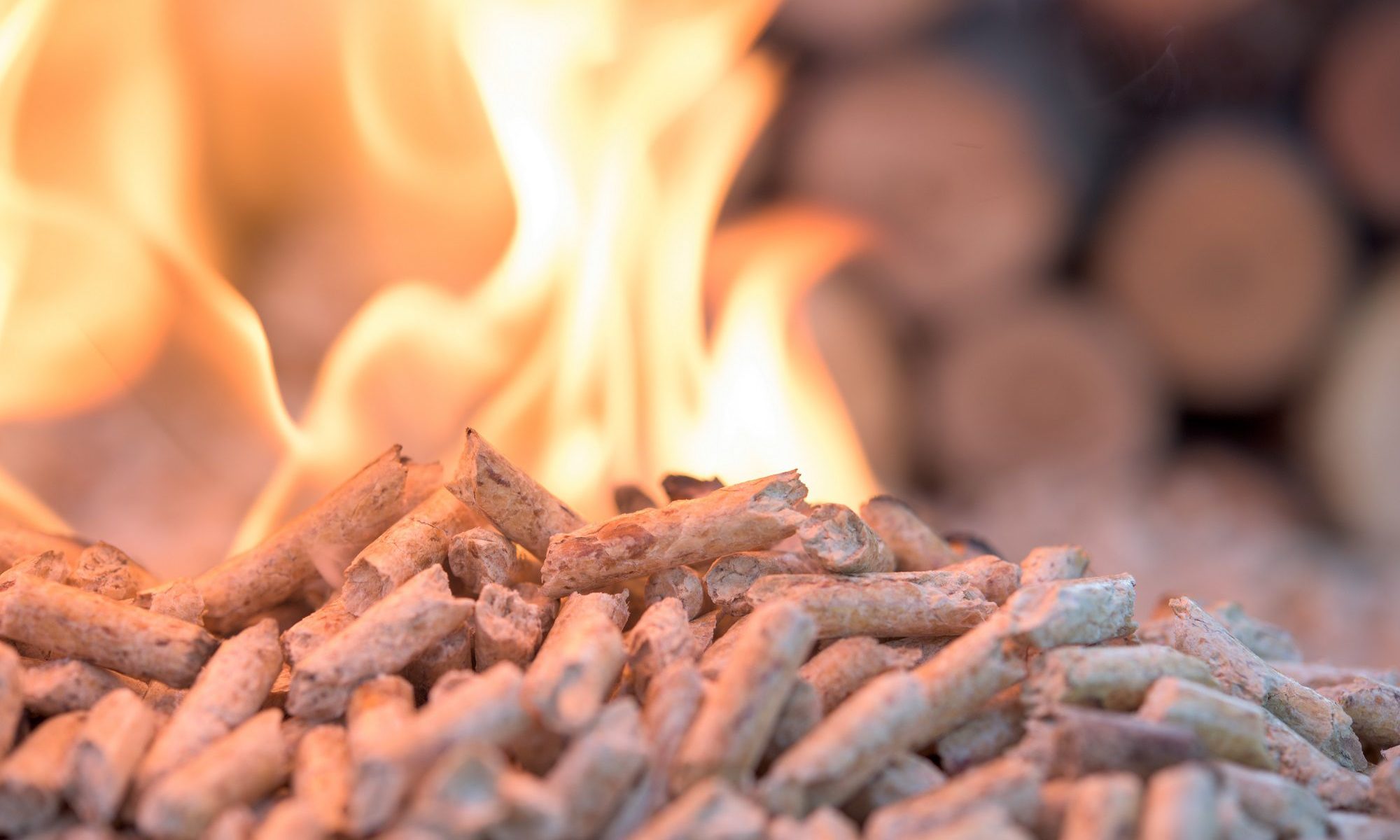The report shows that almost all woody biomass used consists of residual and waste flows, particularly from the agro-food and wood industries. Of these, 3 million tonnes (77%) had a sustainability certificate. The rest consists mainly of residual flows from forestry, nature and landscape management, paper pulp and B-grade wood collected from companies and consumers, and sludge from water purification plants and paper factories. These flows are normally not (yet) certified.
Dutch biomass accounted for 39% of the total. Imports also increased, mainly from neighbouring countries and the Baltic states.
The PBE reports annually on the use of woody biomass for energy generation, in collaboration with RVO Nederland. The report provides insight into the quantity, origin, nature and use of the woody biomass used. It also pays attention to subjects such as sustainability, emissions and innovations. According to John Bouterse, director of PBE, users of biomass for other applications can take an example from the approach and depth of this report.
The report (in Dutch) can be downloaded from the website of the Bioeconomy Platform.
Image: tchara/Shutterstock



